Stats and Damage Calculation in SWTOR
Revisions
| Date | Notes |
|---|---|
| 2018-12-21 | Updated to reflect that critical hits can be shielded against in PvP as of game update 5.9.3. Minor edits throughout. Layout/visual improvements throughout. |
| 2018-03-13 | Originally published. |
Introduction
To newcomers and experienced players both, SWTOR’s combat mechanics can seem unclear, even convoluted. In this article, we attempt to clear up confusion and misconceptions so you can
- make better-informed decisions about gearing (e.g., “How much Alacrity Rating do I need?”) and
- know which abilities to use under which circumstances (e.g., “Why is Deflection particularly effective against Marksmanship Snipers?”).
We hope this guide will be useful to players without a background in mathematics and budding theorycrafters alike. We have done our best to explain, in straightforward language, how stats behave. We have included relevant formulas and example calculations for those interested.

Stats Breakdown
Defining Terms
SWTOR’s tutorial system only covers the basics of combat, leaving out advanced mechanics. The game’s nomenclature is also unclear at best, inconsistent at worst. Therefore, we’d like to start by defining some terms. Firstly, we want to draw your attention to the difference between what we will refer to as stats and stat ratings. Stats are affected by (among other things) stat ratings, which are present on gear and item modifications. For instance, Alacrity Rating adjusts Alacrity. In mathematical terms, stats are functions of stat ratings.
Stats are often divided into components. For example, Alacrity is composed of
- Global Cooldown Speed Bonus,
- Activation Speed Bonus and
- Channel Speed Bonus.
Similarly, Defence Chance is composed of
- Melee Parry,
- Ranged Deflect,
- Force Resistance and
- Tech Resistance.
To complicate matters, stat ratings do not always affect every component of their related stat. For instance, Defence Rating only increases Melee Parry and Ranged Deflect. Similarly, Armour Rating only affects the Kinetic and Energy components of Damage Reduction.
Understanding Formulas
While reading the following sections, you may notice that many of the formulas relating stats to stat ratings look similar. What Defence Rating, Critical Rating, Alacrity Rating, Accuracy Rating, Shield Rating and Absorb Rating have in common is that they give diminishing returns. In mathematical terms, these formulas are exponential functions. They are of the form
where
- Δ (read: “delta”) means “change in”,
- the percentage cap is the stat rating’s maximum theoretical contribution to its related stat (e.g., plug in 20 for a 20% cap) and
- the divisor depends on the character’s level; at level 70, the divisor is
Diminishing Returns
There are a lot of misconceptions about diminishing returns. The biggest is that stat ratings with diminishing returns are worse than other stat ratings. This is a bit nonsensical given the nature of primary, secondary and tertiary stat budgets: you can’t, for instance, only stack Mastery.
Understand that these stat ratings give diminishing returns because they would otherwise be too powerful. For instance, if there were no diminishing returns on Critical Rating, damage and healing outputs would be much higher: there would be no need to stack any tertiary stat other than Critical Rating.
So what are diminishing returns and what do they look like?
Fig. 1: Critical Chance as a function of Critical Rating.
You will notice that the line in Fig. 1 is curved and gets flatter as Critical Rating increases. In other words, the more you invest in a given stat rating, the smaller your returns—diminishing returns kick in immediately, not at some arbitrary point.
If you extended the graph’s axes, you would see the curve begin to approximate a straight line, approaching the hard cap on the y-axis (vertical axis). In mathematical language, the functions for these stats are asymptotic: you can approach the hard caps but never reach them. This sounds scarier than it really is—the point at which investing in these stats no longer makes sense is beyond current stat budgets.
For instance, if you invest your entire tertiary stat budget in Critical Rating, you would still see an appreciable increase in your damage or healing output for every point invested. That is not to say this would be optimal. However, it is worth noting that the difference in output between the optimal build and less optimal builds (of equal item rating) is typically only a few percent.
Determining the point at which one stat rating becomes more valuable than another is complicated: there are lots of variables to account for. We will discuss this later in the guide.
Primary Stat Ratings
Primary stat ratings are Endurance and Mastery. These can be found on every piece of gear or item modification and are important for all roles and disciplines.
Endurance
At level 70, maximum health is given by
where
- base health at level 70 is 23,750,
-
 Hunter’s Boonor Shroud of Darkness) and
Hunter’s Boonor Shroud of Darkness) and
Mastery
Mastery increases Bonus Damage and Bonus Healing linearly, i.e., they are not subject to diminishing returns. At level 70, the coefficient of Bonus Damage from Mastery is 0.2 and the coefficient of Bonus Healing from Mastery is 0.14.
Fig. 2: Bonus Damage as a function of Mastery.
Fig. 3: Bonus Healing as a function of Mastery.
Additionally, Mark of Power or Force Valor increases Mastery by 5% and Unnatural Might or Force Might increases Bonus Damage and Bonus Healing by 5%. Accounting for these buffs, at level 70,
and
Mastery also increases Critical Chance (but not the Critical Multiplier). While it is subject to diminishing returns, this is separate from Critical Chance gained from Critical Rating. At level 70,
Fig. 4: Critical Chance as a function of Mastery.
Secondary Stat Ratings
Secondary stat ratings are Power and Defence Rating. Gear and item modifications for healers and damage dealers carry Power; gear and item modifications for tanks carry Defence Rating.
Power
Power increases Bonus Damage and Bonus Healing. These increases are linear, i.e., they are not subject to diminishing returns. Every point in Power adds 0.23 Bonus Damage and 0.17 Bonus Healing.
Fig. 5: Bonus Damage as a function of Power.
Fig. 6: Bonus Healing as a function of Power.
Bonus Damage is divided into
- Melee Damage Bonus,
- Ranged Damage Bonus,
- Force Damage Bonus and
- Tech Damage Bonus.
Bonus Healing is divided into
- Healing Power: Force and
- Healing Power: Tech.
Power affects all components of Bonus Damage and Bonus Healing. To make things a little more complicated, weapons and offhand items carry an intrinsic amount of Force Power or Tech Power, which each affect different components of Bonus Damage and Bonus Healing, as shown in Table 1, below.
| Component | Power | Force Power | Tech Power |
|---|---|---|---|
| Melee Damage Bonus | ✓ | ||
| Ranged Damage Bonus | ✓ | ||
| Force Damage Bonus | ✓ | ✓ | |
| Tech Damage Bonus | ✓ | ✓ | |
| Healing Bonus: Force | ✓ | ✓ | |
| Healing Bonus: Tech | ✓ | ✓ |
Additionally, Unnatural Might or Force Might increases Bonus Damage and Bonus Healing by 5%. Accounting for these buffs, at level 70,
and
It is important to note that Bonus Damage and Bonus Healing are affected by both Power and Mastery. At level 70,
where
Defence Rating
When you defend against an attack, you take no damage from that attack.
Defence Chance is divided into
- Melee Parry,
- Ranged Deflect,
- Force Resistance and
- Tech Resistance.
References to parrying, deflecting or resisting attacks are synonymous with defending against attacks.
Defence Rating only increases Melee Parry and Ranged Deflect. Force Resistance and Tech Resistance can only be increased by passives or, temporarily, by certain abilities like Assassins’ Force Shroud. In other words, while you can defend against Force and tech abilities, stacking Defence Rating will not enable you to do so.
Every class has an innate 5% chance to defend against melee and ranged attacks, except Sith Inquisitors and Jedi Consulars, who have an additional 5% chance (10% total).
At level 70,
Fig. 7: Defence Chance as a function of Defence Rating.
Tertiary Stat Ratings
Tertiary stats are Alacrity Rating, Critical Rating, Accuracy Rating, Absorb Rating, Shield Rating and Presence. These stats can be found on enhancements and augments, as well as earpieces and implants (weapon crystals can also carry Critical Rating).
Critical Rating
In game update 4.0, Surge was removed and its effects rolled into Critical Rating. Critical Rating now has two effects: it increases the chance to land a critical hit and the magnitude of critical hits. This makes Critical Rating very powerful.
The base Critical Chance is 5% and base Critical Multiplier is 50%.
At level 70,
and
Fig. 1 (from 3.2.1): Critical Chance as a function of Critical Rating.
Fig. 8: Critical Multiplier as a function of Critical Rating.
Critical Hits and Heals
where max(1, Critical Chance) means “take whichever value is greater: 1 or the Critical Chance”.
Notice that the Critical Chance can be greater than 1. So that Critical Chance from Critical Rating, etc., is never wasted, abilities that automatically critically hit or heal convert any Critical Chance above 100% into additional critical damage or healing according to this formula. This is referred to as a supercrit.
If the Critical Chance is 44.28% and Critical Multiplier is 72.02%,
and
Alacrity Rating
Alacrity is divided into
- Global Cooldown Speed Bonus,
- Activation Speed Bonus and
- Channel Speed Bonus.
Alacrity has a number of effects:
- it reduces the GCD (which is 1.5 seconds at 0% Alacrity),
- reduces activation and channeling times,
- reduces the cooldown of certain abilities,
- reduces the internal cooldown of certain passive abilities,
- increases the rate at which HoTs and DoTs tick and
- increases the rate of resource generation (heat, energy, Force, etc.).
At level 70,
Fig. 9: Alacrity as a function of Alacrity Rating.
Additionally,
where the default GCD is 1.5s.
For abilities with activation/channel times,
An important caveat about Alacrity is that the global cooldown is actually rounded up to the nearest tenth of a second. We wrote an article that more fully explores the consequences of this but, in short, you will want to aim for certain breakpoint values of Alacrity Rating that correspond to GCDs of 1.4s, 1.3s, etc.
| Alacrity Rating | Alacrity (%) | Global Cooldown (s) |
|---|---|---|
| 0–702 | <7.15% | 1.5 |
| 703–1859 | 7.15–15.40% | 1.4 |
| ≥1860 | ≥15.41% | 1.3 |
Accuracy Rating
Accuracy is divided into
- Melee Accuracy,
- Ranged Accuracy,
- Force Accuracy and
- Tech Accuracy.
Basic Accuracy is 100% for all classes. In PvP, additional Accuracy Rating is only useful for DPS disciplines with a lot of “white damage” abilities (e.g., Carnage Marauders and Marksmanship Snipers).
In PvP, Accuracy Rating is worthless for
- DPS disciplines whose attacks are primarily Force- or tech-typed,
- tanks, who gain +10% Accuracy from their stance, lightsaber form or weapon cell/cylinder and
- healers, because friendly abilities cannot miss.
At level 70,
Fig. 10: Accuracy as a function of Accuracy Rating.
Shield Rating
Shield Rating is an important tank stat. It increases the chance to mitigate damage from incoming attacks. The damage is mitigated according to the defending character’s Shield Absorption.
Attacks which cause internal or elemental damage cannot be shielded against. Critical hits cannot be shielded against in PvE but can be shielded against in PvP (as of game update 5.9.3).
In order to shield against attacks, a shield generator must be equipped in the offhand slot. Shields grant an additional +5% Shield Chance and +20% Shield Absorption.
At level 70,
Fig. 11: Shield Chance as a function of Shield Rating.
Absorb Rating
Absorb Rating is an important tank stat that works in conjunction with Shield Rating. It increases amount of damage mitigated when incoming attacks are shielded against.
Attacks which cause internal or elemental damage cannot be shielded against. Critical hits cannot be shielded against in PvE but can be shielded against in PvP (as of game update 5.9.3).
In order to shield against attacks, a shield generator must be equipped in the offhand slot. Shields grant an additional +5% Shield Chance and +20% Shield Absorption.
At level 70,
Fig. 12: Shield Absorption as a function of Absorb Rating.
Presence
Companions saw a major rework with game update 4.0. Affection was replaced with Influence and Presence was changed to provide percentage-based bonuses, rather than flat, numerical bonuses, to your companions’
- Health,
- Bonus Damage and
- Bonus Healing.
Your character gains 50 Presence for each Influence rank you’ve earned with your active companion. Completing a companion’s storyline for the first time grants 10 Presence to all characters in your legacy. Additonally, the Legacy Species Unlock: Human grants +100 Presence to all characters in your legacy. This is unlocked by levelling a human character to 50 or paying either 1,500,000 credits or 600 CC.
Presence is useful when soloing or duoing PvE content. In PvP warzones, PvP ranked arenas and most PvE operations, where you will typically have a full group of 4–16 players, Presence is of no value.
Miscellaneous
Armour Rating
Armour Rating is found on gear that occupies the head, chest, hands, waist, legs, feet and wrists slots. Heavy armour is more protective than medium armour, which is more protective than light armour.
Damage Reduction is divided into
- Energy,
- Kinetic,
- Internal and
- Elemental
components.
It’s important to note that Armour Rating only affects the Kinetic and Energy components of Damage Reduction. The Internal and Elemental components of Damage Reduction can only be increased by certain passive abilities and healers’ Resistant buff.
At level 70,
Fig. 13: Damage Reduction as a function of Armour Rating.
Damage Reduction from Armour Rating is capped at 100% but this is well beyond current stat budgets, as shown in Fig. 14, below.
Fig. 14: Damage Reduction from Armour Rating (zoomed out).
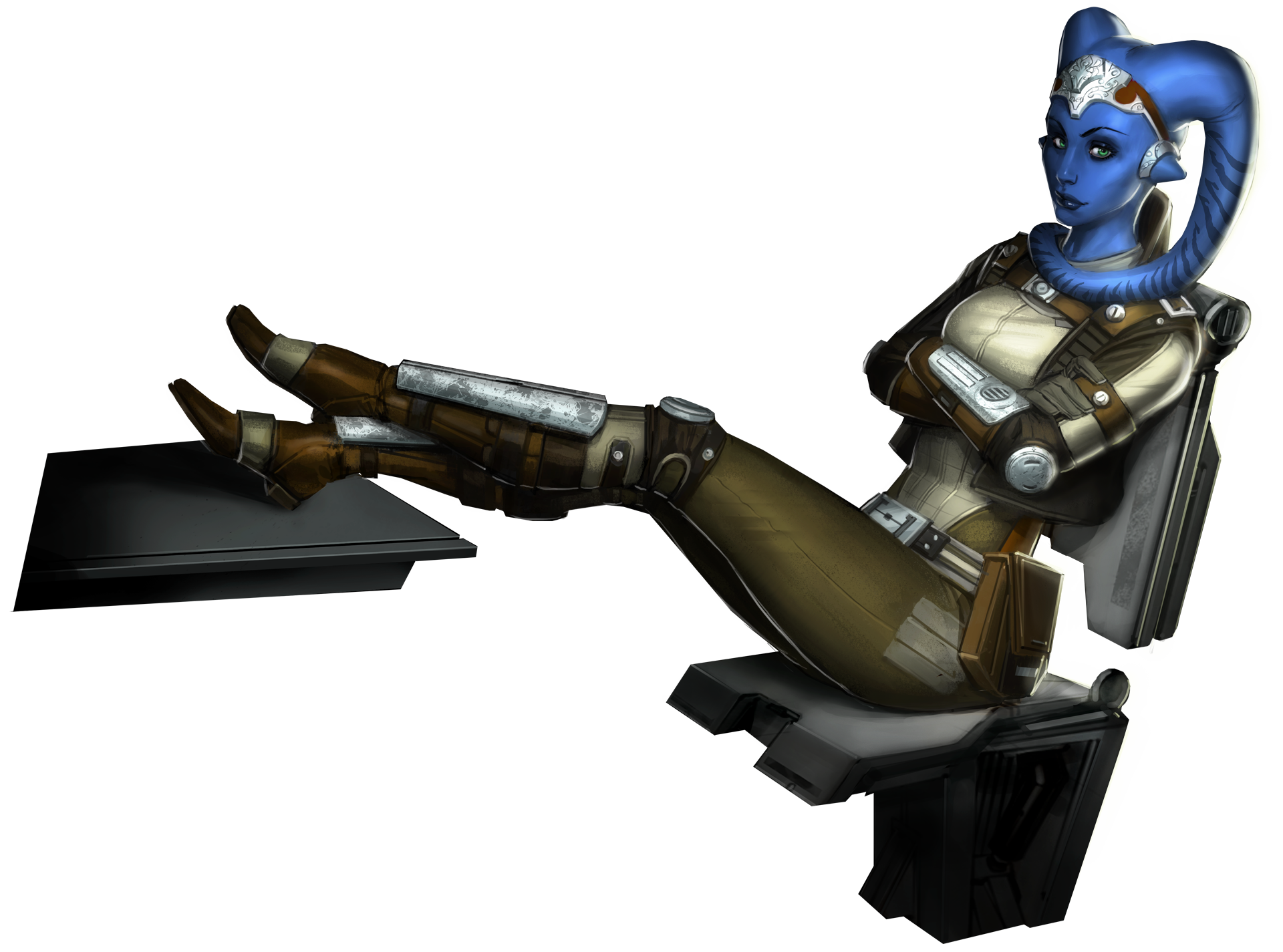
Companion Bonuses
Each class in SWTOR has five unique companions, met throughout the course of the first three chapters of each class storyline.
Completing a companion’s side quest chain unlocks a legacy-wide bonus. There are five bonuses in total, one for each class’s ranged tank, melee DPS, healer, ranged DPS and melee tank companion. Each bonus can only be unlocked once per legacy.
| Companion Role | Legacy Bonus |
|---|---|
| ranged tank | +1% max HP |
| melee DPS | +1% Critical Multiplier |
| healer | +1% healing received |
| ranged DPS | +1% Critical Chance |
| melee tank | +1% Accuracy |
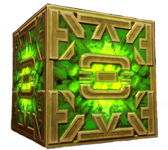
Datacrons
Datacrons can be found by exploring SWTOR’s open world. Each datacron grants a small bonus to Mastery, Endurance or Presence.
In game update 4.0, all the class-specific stat ratings were rolled into Mastery. This means that if you haven’t collected all the datacrons that were worthless to your character prior to 4.0, you are missing out on a significant stat boost. The good news is that collecting a datacron on one character now unlocks it for the entire legacy. Previously collected datacrons have also been retroactively unlocked.
Class Buffs
| Class | Buff | Description |
|---|---|---|
| Sith Inquisitor | Mark of Power | Increases Mastery by 5% and internal and elemental damage reduction by 10%. |
| Jedi Consular | Force Valour | |
| Sith Warrior | Unnatural Might | Increases melee, ranged, Force and tech bonus damage and healing by 5%. |
| Jedi Knight | Force Might | |
| Imperial Agent | Coordination | Increases critical hit chance by 5%. |
| Smuggler | Lucky Shots | |
| Bounty Hunter | Increases Endurance by 5%. | |
| Trooper | Fortification |
Completing Chapter 2 of a character’s class story unlocks its buff for all characters in that legacy. Unlocks are shared across factions: unlocking ![]() Hunter’s Boon on an Imperial character will also unlock Fortification for your Republic characters.
Hunter’s Boon on an Imperial character will also unlock Fortification for your Republic characters.
Datacron, companion bonus and class buff unlocks are transferred with your characters across server and region.

Damage Calculation
Attack Types
Firstly, all attacks belong to one of four types: melee, ranged, Force or tech.
Melee disciplines (e.g., Carnage Marauders) typically have a lot of melee-type attacks; ranged disciplines (e.g., Marksmanship Snipers) typically have a lot of ranged-type attacks. Mechanically, however, melee and ranged attacks are identical. Similarly, Force and tech attacks are treated the same.
- all classes have an innate +5–10% chance to defend against melee and ranged attacks and
- Defence Rating only increases your chance to defend against melee and ranged attacks.
Damage Types
Secondly, all attacks deal one of four damage types: kinetic, energy, internal or elemental. Melee and ranged attacks can only deal kinetic or energy damage (also called weapon damage). Force and tech attacks can deal kinetic, energy, internal or elemental damage.
Just as there are two groups of attack types, there are two groups of damage types. Kinetic and energy damage are mechanically identical. Similarly, internal and elemental damage are treated the same.
Internal and elemental damage is not mitigated by armour and cannot be shielded against.
The Roll System
To determine whether an attack lands and how much damage it deals, SWTOR uses a roll system: a two-roll system in PvE and a three-roll system in PvP. These systems diverged in game update 5.9.3, when it became possible to shield against critical hits in PvP.
PvE
The first roll is an Accuracy check versus the opponent’s Defence Chance.
If the attacker fails the Accuracy check, their attack misses and deals no damage.
If the attacker meets the Accuracy check, the attack is then subject to a second roll: the attacker’s Critical Chance versus the defender’s Shield Chance.
Possible outcomes are
- a normal hit,
- a critical hit (boosted according to the attacker’s Critical Multiplier) or
- a shielded hit (mitigated according to the defender’s Shield Absorption).
If the attacker’s Critical Chance and the defender’s Shield Chance add up to more than 100%, the attacker’s Critical Chance starts to push the defender’s Shield Chance off the table. If the attacker’s Critical Chance is sufficiently high (e.g., if an ability is a guaranteed critical hit), the defender cannot shield against it. The defender’s Shield Chance cannot push the attacker’s Critical Chance off the table. Critical hits cannot be shielded against in PvE.
PvP
As of game update 5.9.3, critical hits can be shielded against in PvP.
As with PvE, the first roll is an Accuracy check versus the opponent’s Defence Chance.
If the attacker meets the Accuracy check, their attack is then subject to a second roll to determine whether it is a critical hit (based on the attacker’s Critical Chance).
The attack is then subject to a third roll to determine whether the attack is shielded against (based on the defender’s Shield Chance).
Possible outcomes are
- a normal hit,
- a critical hit (boosted according to the attacker’s Critical Multiplier),
- a shielded hit (mitigated according to the defender’s Shield Absorption) or
- a shielded critical hit.
Final Steps
Damage calculation then proceeds the same in PvE and PvP. After the last roll, the attacker’s damage bonuses and the defender’s mitigation bonuses are applied.
Finally, absorption effects like Operatives’ Shield Probe or Sorcerers’ Static Barrier are triggered. Note that these effects are distinct from tanks’ Shield Absorption.
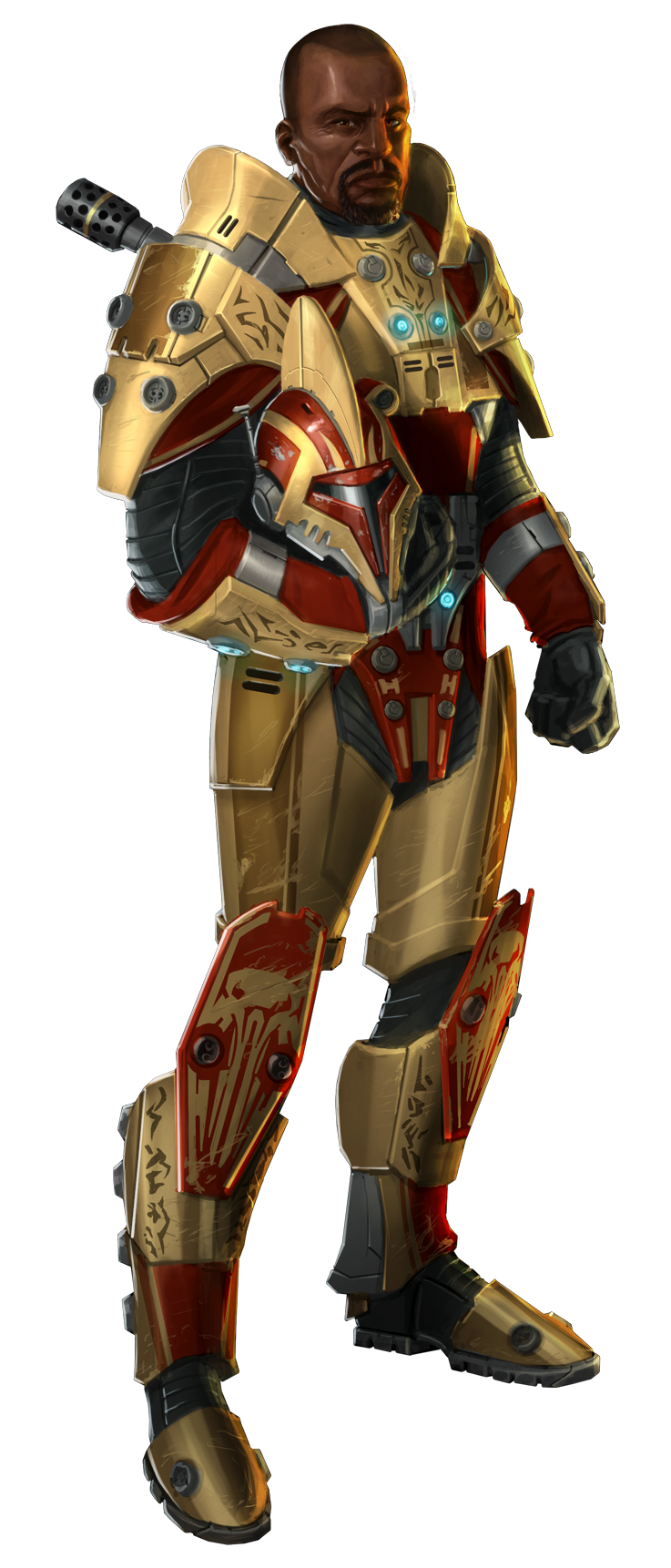
How to Gear
PvE
Bant is a well-known theorycrafter who developed a mathematical model to determine optimal stat allocations for typical PvE scenarios. His thread (last updated for 5.0.1a) is well worth reading. While Bant no longer plays, multi, another theorycrafter, continues to post updates using Bant’s model. If you are interested in hardcore raiding and min/maxing, these threads are required reading.
Be aware that Bant’s model has its limitations: for instance, it doesn’t take into account GCD rounding. Every encounter is different and team composition and performance vary.
Tank players may also be interested in KeyboardNinja’s Ideal Tank Stats and dipstik’s 4.0 Tank Stats.
If you have questions about gearing for PvE, I recommend posting to multi’s most recent thread. The theorycrafting community is knowledgeable and helpful.
PvP
For PvP, Bant and multi’s numbers are a useful starting point. However, there are key differences between PvE and PvP to consider. These are covered in the following subsections, broken down by role.
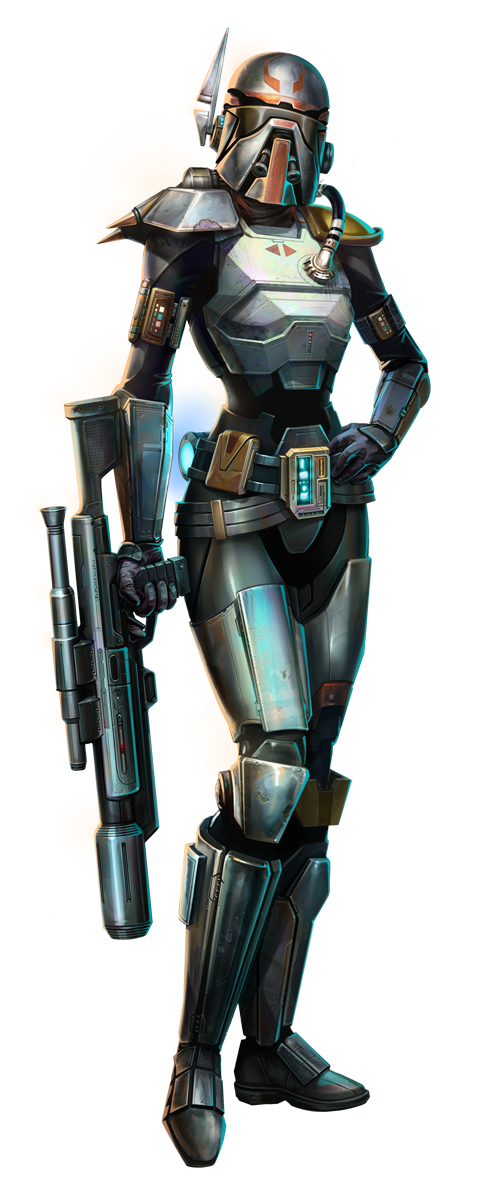
Damage Dealers
Stat Priority
- Critical Rating,
- Accuracy Rating (+0–10% Accuracy, depending on discipline and preference),
- Alacrity Rating (≥7.15% or ≥15.41% Alacrity, depending on discipline) then
- Mastery.
In PvE, the optimal value of Critical Rating differs by discipline but is always less than 1,900 (at item rating 248). You can afford to stack more Critical Rating in PvP than you would in PvE. In PvP, the magnitude and frequency of critical hits matter a lot more than in PvE. In PvE, where boss health pools are much larger and time to kill (TTK) is much higher, sustained damage is the most important metric. For PvP, it is important to grasp the concept of burst damage—maximising damage in small windows (e.g., during a 4-second hard stun). A critical hit can take a significant fraction of a player’s health pool and can be the difference between securing a kill and not.
In PvE, all DPS disciplines stack 759 Accuracy Rating (+9.22% Accuracy) to overcome operations bosses’ innate +10% chance to defend against all four attack types. In PvP, optimal values of Accuracy Rating vary by discipline. If most of your damage comes from Force or tech abilities, Accuracy Rating is a poor investment. If your attacks are primarily melee- or ranged-typed, you can benefit from at least +5% Accuracy to overcome players’ innate +5% Melee Parry and Ranged Deflect.
Ideal values of Alacrity Rating also differ by discipline. The most important thing to realise about Alacrity is that the global cooldown is rounded up to the nearest tenth of a second. Therefore, you want to aim for values of Alacrity Rating that correspond to either ≥7.15% Alacrity (a 1.4s GCD) or ≥15.41% Alacrity (a 1.3s GCD). Any Alacrity Rating over these breakpoints is wasted. See our article Alacrity and the Global Cooldown for more information.
Mastery is your last priority. It increases your Bonus Damage and Critical Chance and can be stacked once you’ve met the optimal values of Critical Rating, Accuracy Rating (if applicable) and Alacrity Rating.
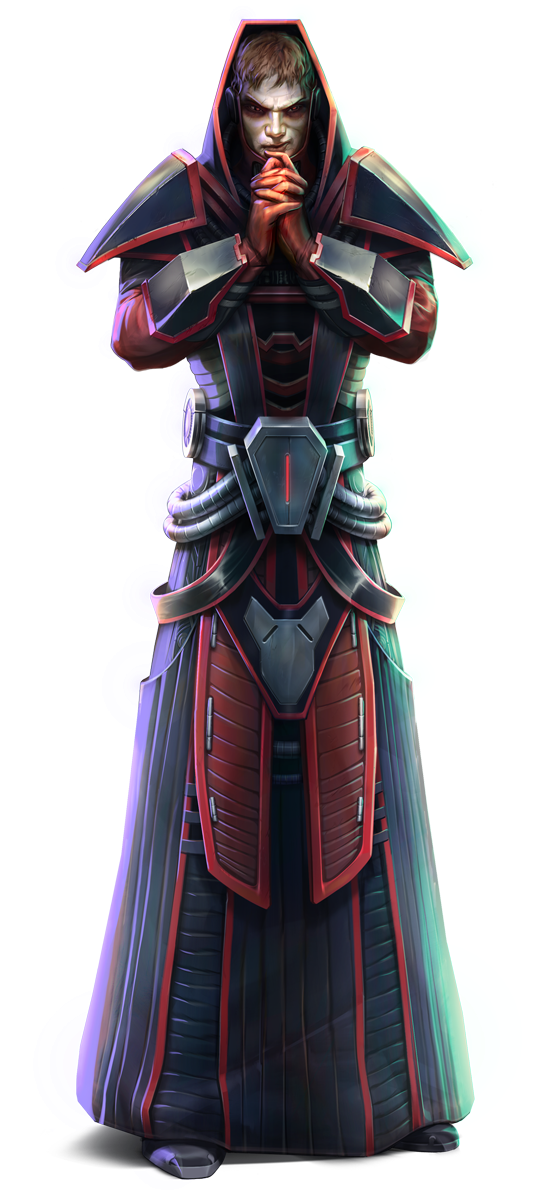
Healers
Stat Priority
- Critical Rating then
- Alacrity Rating (≥15.41% Alacrity).
Because the coefficients of Bonus Healing from Mastery and Power are lower than those of Bonus Damage, Critical Rating is more valuable for healers. Once you have enough Alacrity Rating to reduce the GCD to 1.3s (see section 3.5.2), stack Critical Rating. With current stat budgets, you cannot stack too much Critical Rating.
Because friendly abilities cannot miss, healers don’t need Accuracy Rating in PvE or PvP.
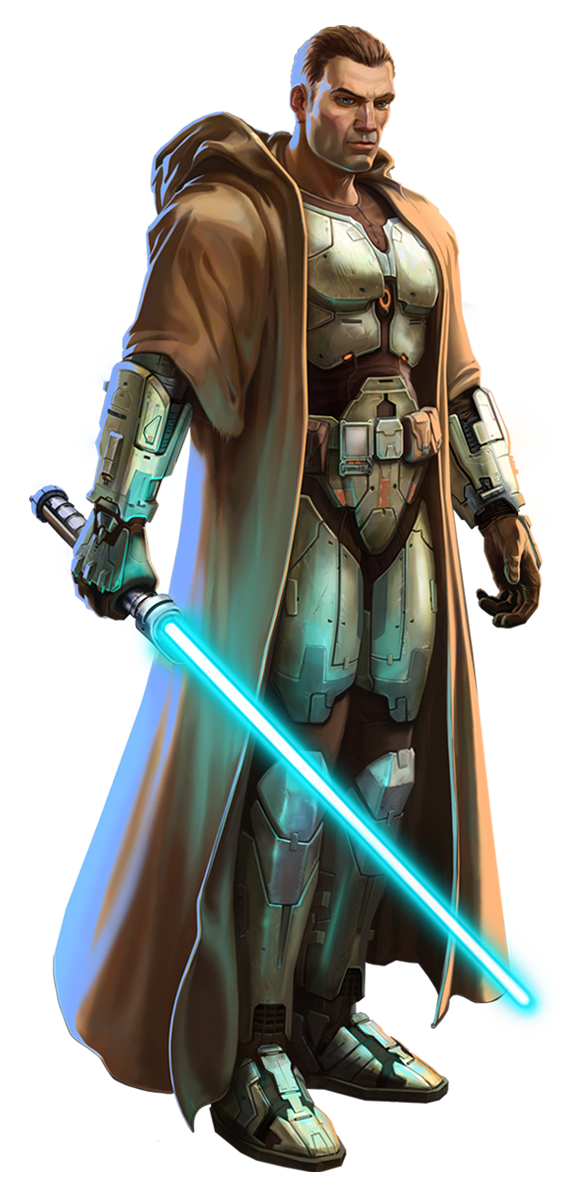
Tanks
Stat Priority
Gearing optimally is most complicated for PvP tanks.
Objective play aside, games are won by killing the enemy team before they kill yours. Therefore, it is vital for tanks to maximise their DPS while minimising the opposing team’s DPS with timely Guard swaps and taunts. Because tanks are wearing these two hats (and owing to the dynamic nature of PvP), there is no one-size-fits-all approach to gearing.
Players put out a lot of damage that cannot be defended against or mitigated by armour, arguably making Defence Rating, Shield Rating and Absorb Rating less valuable than in PvE. Tanks also benefit from a lot of mitigation via their stance and passive abilities. Therefore, the current meta is for tanks to gear for maximum DPS. However, in certain situations (e.g., when tank tunnelled), more mitigation is preferred.
For a more thorough treatment of PvP tanking, see Hottie’s PvP Tanking for Dummies.
Conclusion
We owe a great deal to the theorycrafting community, whose hard work we have merely built on. Our goal in writing this guide was to collate all relevant information, verify it as of patch 5.10 (particularly in the case of older sources) and clear up common misconceptions.
We hope readers will now have a fuller understanding of how stats and stat ratings behave and how damage is calculated in SWTOR so they can apply this knowledge to gearing, etc. We hope this guide will be a valued resource for players new and old, in both the PvE and PvP communities.
References
- 4.0 Character Sheet Equations by dipstik (2015-10-20).
- Optimal Stats for All 24 Disciplines, KOTFE Edition by Bant/Goblin_Lackey (2016-12-31).
- Optimal Stats for All 24 Disciplines, 5.2 Edition by multi/vicadin (2017-04-21).
- Calculations for Critical Stat Diminishing Returns by Schwarzschilda (2018-02-02).
- Tanking: A Primer (post #44) by Gankstah (2012-01-02).
- Introducing the Alliance System by Matt Pucevich (2015-10-20).
Acknowledgements
Thanks to dipstik for determining stat formulas for 4.0, which hold for the current patch with minor changes.
Thanks also to KeyboardNinja, a star of the theorycrafting community, whose posts rambol stumbled across far too late.
Thanks to Bant for developing a fantastic model for determining optimal stat allocation and to multi for picking up the baton.
Finally, thanks to everyone in <Sick Twisted Individuals> for their friendship and encouragement.
About the Authors
I’m rambol, a Medicine Operative main who’s been having a tempestuous affair with SWTOR since its beta. I’m chief editor of rambol.net, where I collaborate with my friends to produce PvP-focused content for SWTOR. While I struggle to maintain two stacks of Kolto Probe on four teammates at once, my knack for copyediting and tenuous grasp of physics and mathematics sometimes prove useful.
I’m Hottie. I’m also a Medicine Operative main but dabble in other classes as well. I’ve been playing SWTOR for three years and am every bit as passionate about the game now as when I started. I’ve written a number of guides and articles on PvP and related topics. My experience playing ranked PvP across multiple seasons has given me valuable insights into game mechanics and other, more esoteric aspects of PvP. You can watch me stream my gameplay over on Twitch and follow me on Twitter. Lastly, I want to give a shoutout to my friends doc and Puddlejumper for their knowledge and continued support.
